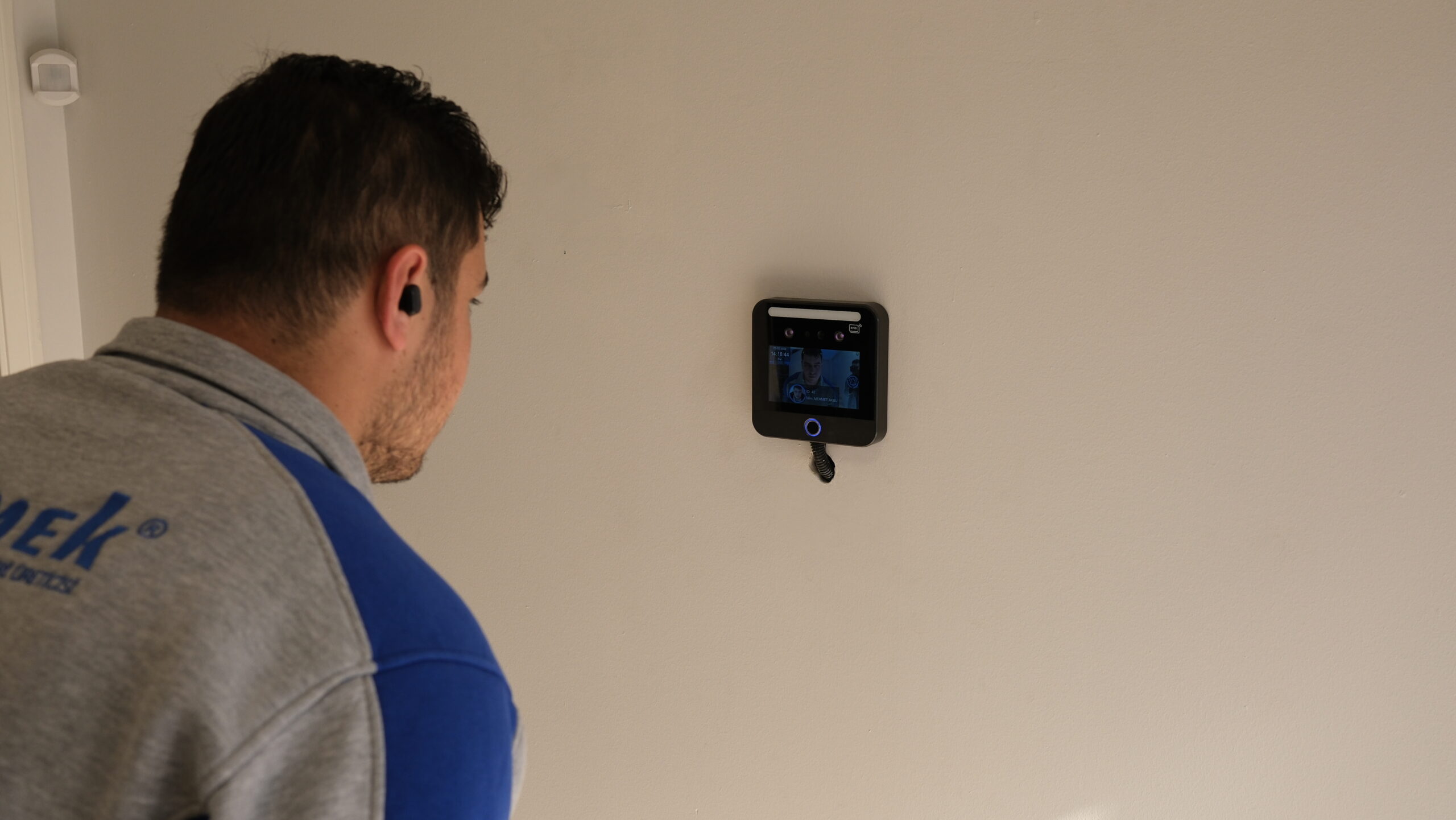Access control systems have become an essential component of modern security protocols.
While traditional methods such as keys, keycards, or PIN codes have been widely used, facial recognition systems are gaining significant popularity.
Leveraging advancements in technology, facial recognition offer more secure, convenient, efficient solution for access control .
This article explores the reasons why facial recognition systems are being adopted for access control.
ADVANTAGES OF FACE RECOGNITION SYSTEM FOR ACCESS CONTROL AND TIME MANAGEMENT SYSTEM
-
Enhanced Security
Facial recognition systems provide security due to unique and distinguishing characteristics of an individual’s face. Every person has a distinct facial structure.
Including features like the distance between the eyes, the shape of the nose, and the contours of the face.
By capturing and analyzing these features, facial recognition systems can accurately identify and verify individuals.
Compared to traditional access control methods, facial recognition offers a lower risk of unauthorized access. While physical tokens can be stolen, lost, or duplicated, facial features cannot be easily replicated. Uniqueness makes facial recognition systems a reliable tool for preventing fraud and enhancing overall security.
-
Convenience and User Experience
One of the major advantages of facial recognition systems for access control is the convenience they offer.
Users no longer need to carry physical tokens or remember complex passwords or PIN codes. With facial recognition system, individuals can gain access by presenting their faces to a camera .
This streamlined process eliminates the need for physical contact, allowing for quick and touchless authentication. It is particularly beneficial in high-traffic areas where speed and efficiency are crucial. Furthermore, facial recognition systems can be seamlessly integrated with other security measures. Such as automatic doors, turnstiles, or elevators, creating a smooth and frictionless user experience.
-
Scalability and Cost-Effectiveness
Facial recognition systems are highly scalable, making them suitable for organizations of all sizes. Whether small office, or large corporation, facial recognition can be tailored to meet access control needs. Adding ,removing users from the system is relatively simple, allowing for easy administration and flexibility.
Moreover, while the initial setup cost of facial recognition systems may be higher.
Compared to traditional methods, they can prove to be cost-effective in the long run.
Keycards or access badges incur ongoing expenses related to production, distribution, and replacement. In contrast, facial recognition systems eliminate these costs, as there is no need for physical tokens. Overtime, the cost savings can be substantial, for organizations with a large number of users.
-
Analytics and Insights
Face recognition systems can provide valuable analytics and insights to improve security measures and efficiency. By tracking and analyzing access patterns, organizations can identify potential vulnerabilities.
Monitor entry and exit times, and detect any suspicious or unauthorized activities.
Facial recognition systems can be integrated with other surveillance technologies.
This integration allows for realtime monitoring and alerts, improving the overall security posture of the facility.
-
Adaptability to Various Environments
Facial recognition systems are versatile and adaptable to a wide range of environments.
They can be deployed in various settings, including offices, airports, hospitals, educational institutions, residential complexes. Additionally, facial recognition systems can operate effectively in different lighting conditions.
And can adapt to changes in appearance, such as the presence of glasses, facial hair, or makeup.
Conclusion
Face recognition systems offer numerous advantages over traditional access control and time management methods.
Including enhanced security, convenience, scalability, cost-effectiveness, and valuable analytics.
As technology continues to advance, facial recognition systems are likely to become even more accurate, reliable, and widely adopted. While privacy concerns






